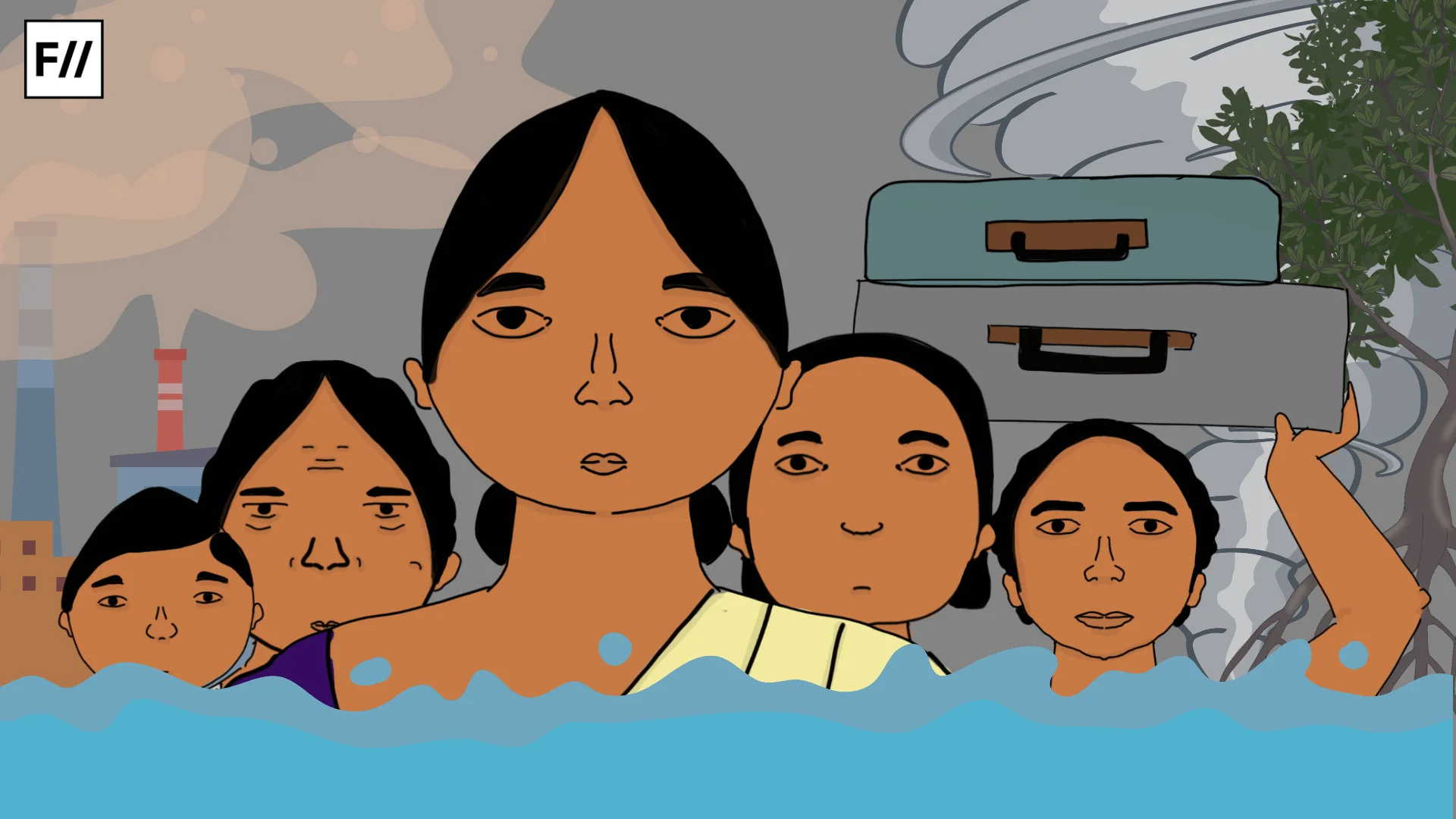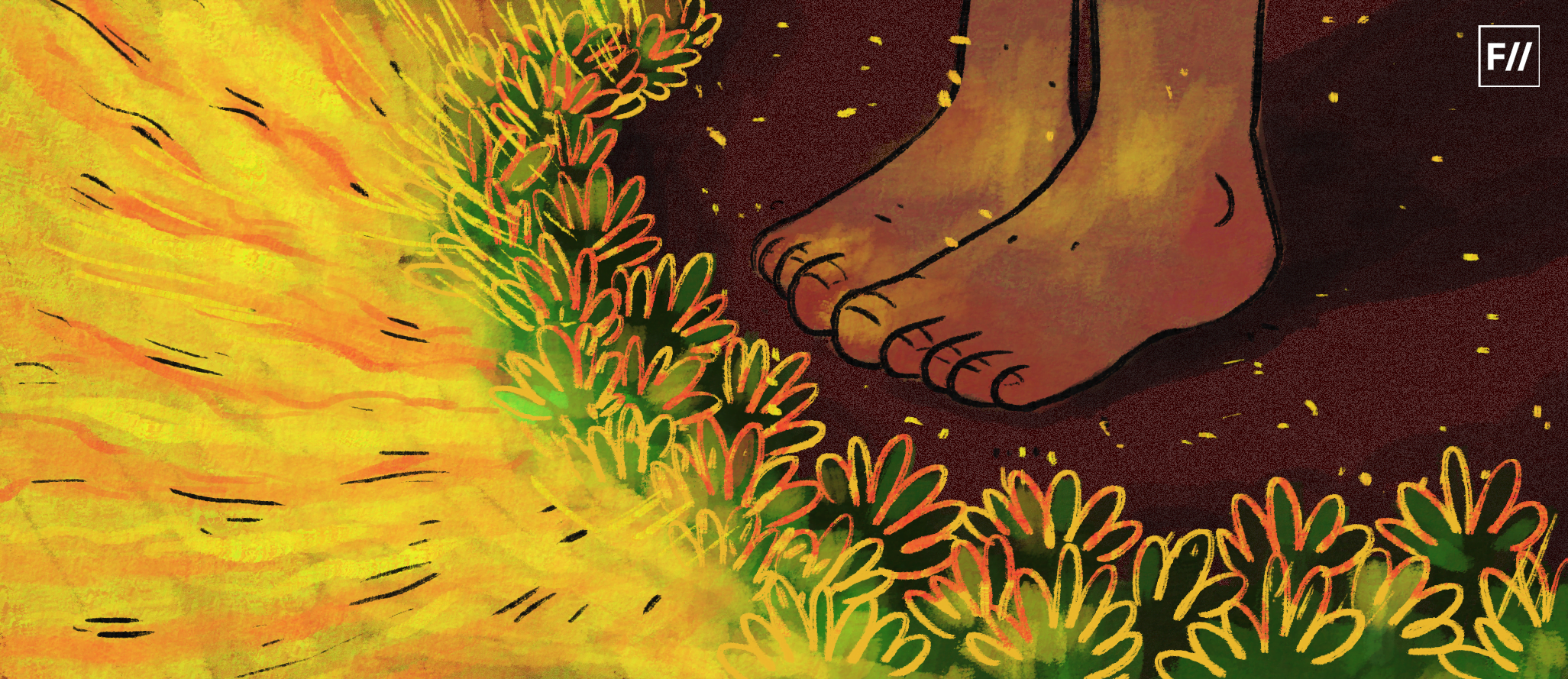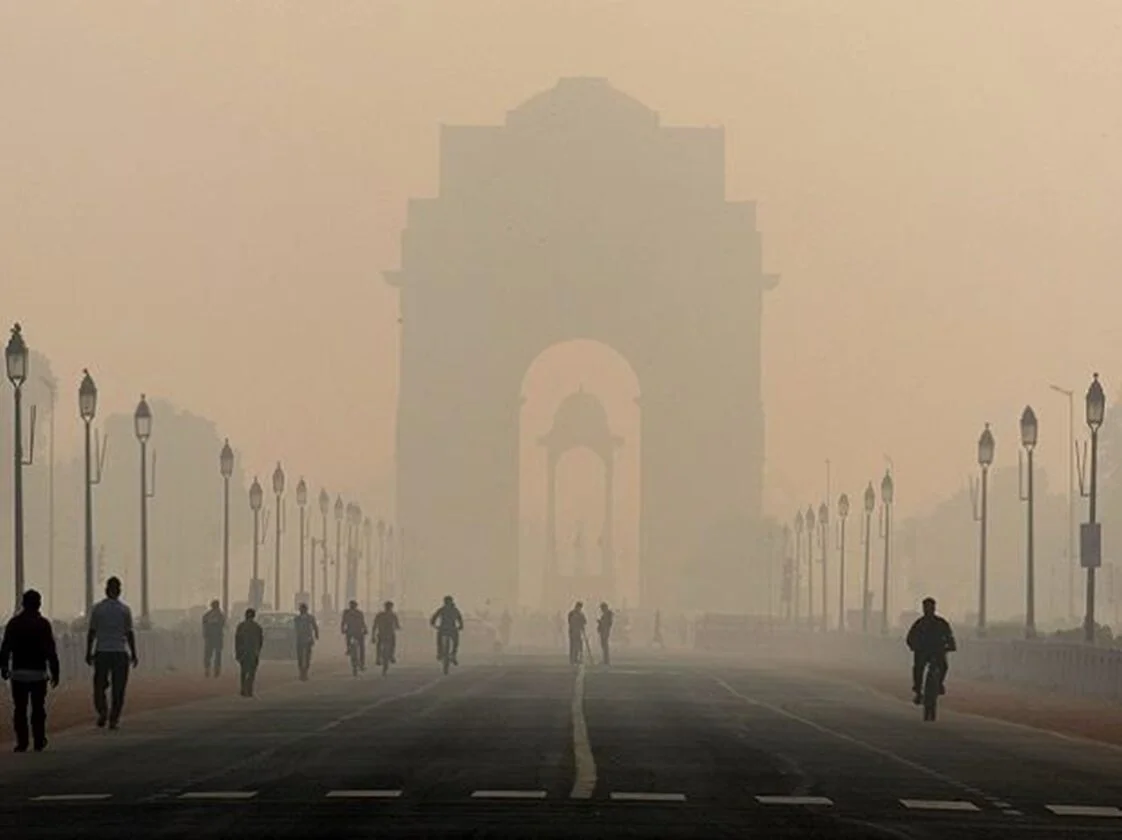Climate change, worsened by global warming and human activities, is something visible. It’s not just something that might happen in the future; it’s happening in the present time. The weather is changing, seasons feel different, and things like floods, fires, and storms are becoming a part of day-to-day life.
It can be observed that there has been heavy rainfall since June in various parts of the country like Himachal Pradesh and Uttarakhand, where record breaking rainfall, deadly landslides and flash floods have taken the lives of many people. In Kishtwar, Jammu and Kashmir, more than 60 people were killed by the cloudburst and many people are missing. In some places like Uttarkashi in Uttarakhand the whole village called Dharali was swept away in the flood.
Not just hilly areas but Delhi is also in danger due to the rise of Yamuna from the safe level because of heavy rainfall which leads to red alert by government officials in the state. All these disasters make it clear that rising temperature, glacier melting and unpredictable weather all are deeply connected and affect the human race heavily.
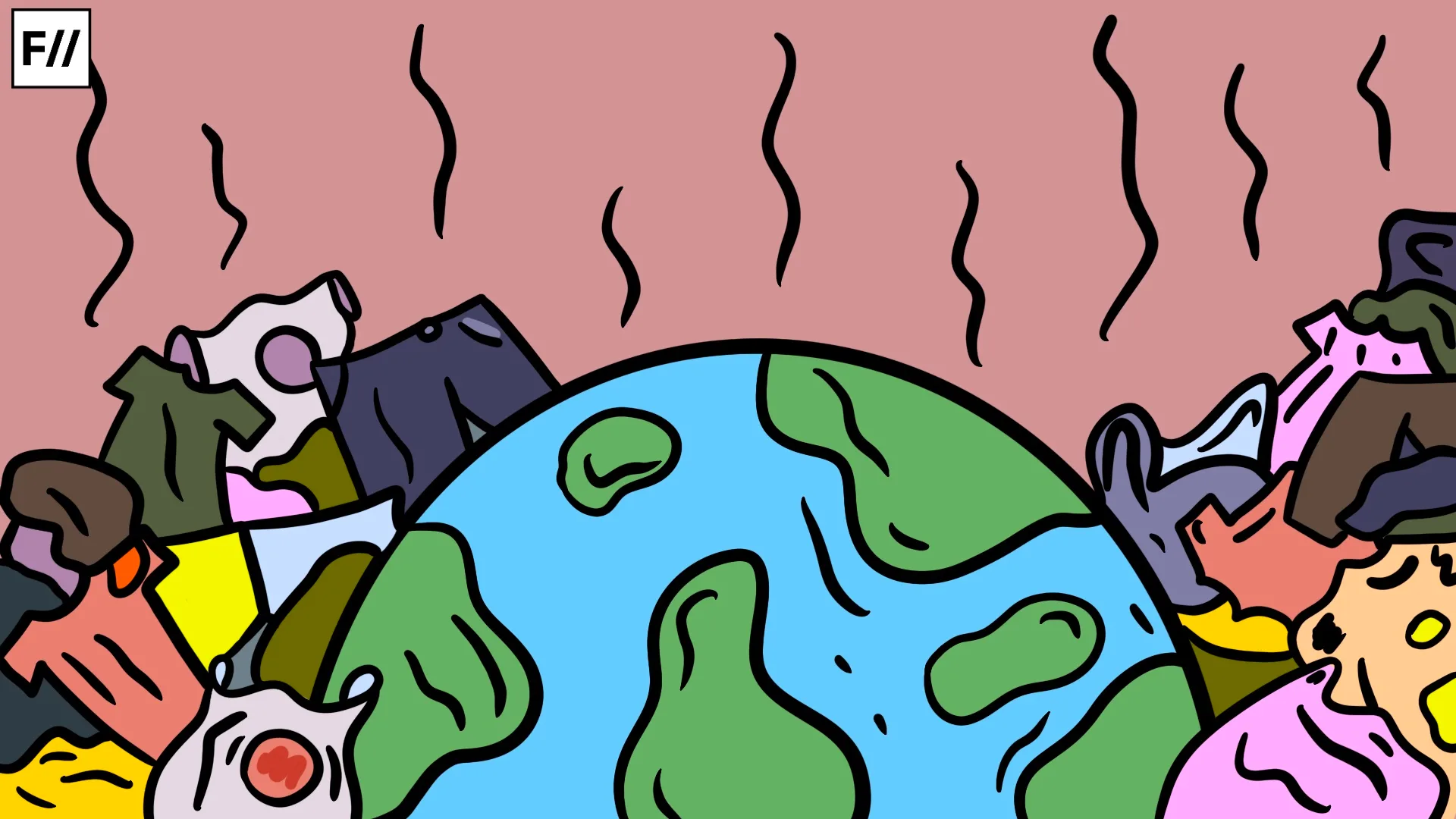
Yet, whatever is visible is a small part of the overall impact. Under the surface, there is a serious but often ignored challenge, which is the additional burden that women face due to climate-related disasters. The impact of such events as climate change does not affect all members of society equally; they are actually filtered through the existence of social hierarchies and structural inequalities. Particularly those from marginalised communities, like women, face vulnerability during and after the crisis.
Women face challenges in crises like lack of decision-making power, restricted mobility, and limited access to resources. This is not a coincidence but comes from deep-rooted gender inequalities that women face in day to day life. During such calamities, overcrowded and poorly managed relief camps often worsen the situation for women. They are exposed to higher rates of death, inadequate healthcare, and a greater risk of gender-based violence. This issue emphasises the need to consider how climate change affects genders. The gendered dimension of climate change is required to be addressed with inclusive and sustainable approaches to ensure equitable solutions for all socially vulnerable communities.
Understanding the gender specific consequences of floods
All over the world, including India, the impact of natural disasters such as floods and tsunamis is uneven, which affects women more due to deep-rooted social inequalities rather than biological differences. Due to the dominance of patriarchy in society, women face restrictions and have less access to information, and early warning about the upcoming disaster leads to high death rates among women. The delay in receiving the warning is serious because the evacuation plan often focuses on men who are seen as the main providers of the family.
The responsibility of women as caregivers for children and the elderly in the family also makes it difficult for them to evacuate quickly and safely.
The responsibility of women as caregivers for children and the elderly in the family also makes it difficult for them to evacuate quickly and safely. Statistics on various disasters, like the Indian Ocean Tsunami of 2004, show that among the overall deaths, 70% were women.
Women’s survival chances also decrease due to further cultural expectations. Vital skills like swimming are often discouraged among many girls and women due to strict societal norms and lack of training opportunities. In addition, the traditional dress codes, which are further linked with the modesty of women, affect the women’s ability to move fast during emergencies. Women’s exposure to risk increases with these cultural and institutional impediments, which make women the greatest victims of climate-triggered disasters.
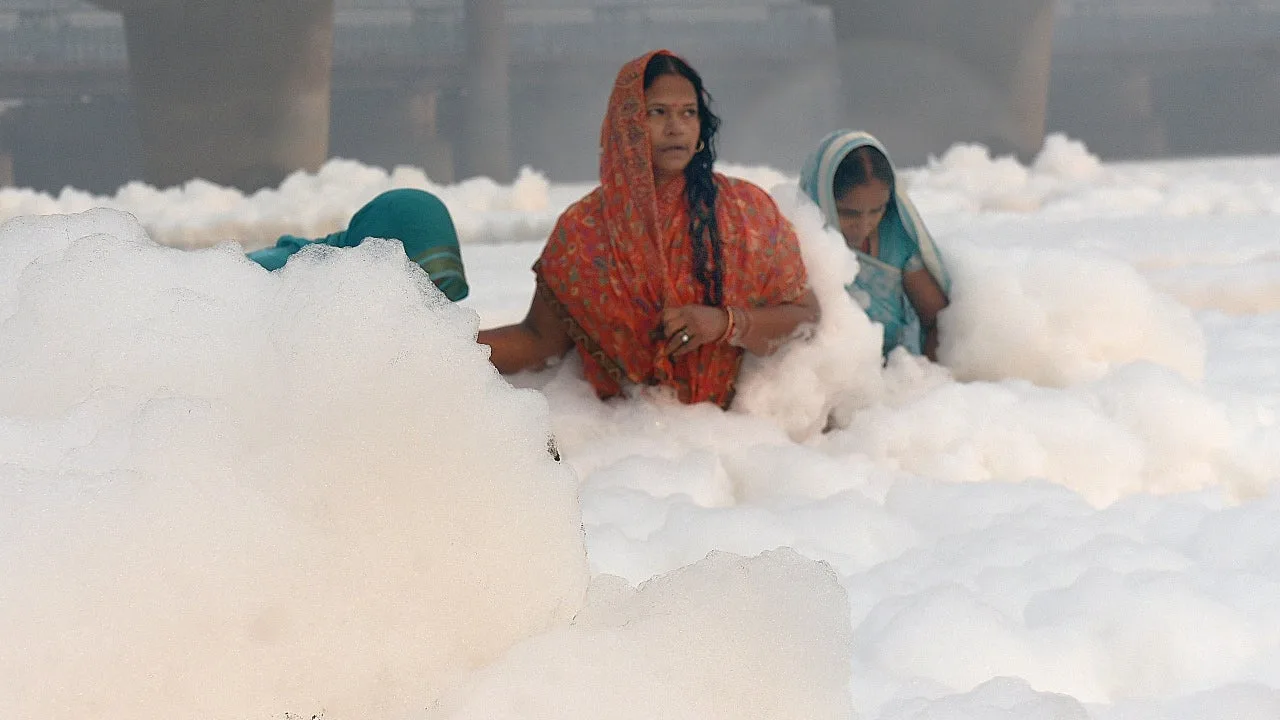
International organisations, like UN Women and UNICEF, mention that gender inequality increases the impact of climate change on women and girls globally. The emphasis of such reports is on tackling social inequalities by ensuring women’s access to information, resources, and decision-making in disaster preparedness and response efforts.
The post-disaster reality: health and safety challenges during climate crises
According to the report by the National Family Health Survey, only 78% of adolescent girls use hygienic sanitary methods in India, which further deteriorates in relief camps and shelter homes.
The challenge that women face in such relief camps is poor hygiene and safety. Such camps fail to provide hygienic menstrual options to women and girls. They even face issues like a lack of access to clean water and toilets, leaving them with unhygienic alternatives that can cause infection and severe health-related diseases. Managing menstruation without proper resources not only impacts physical health but also adds psychological stress to women.
Along with menstrual hygiene management, another pressing issue is safety. A report by the International Union for Conservation of Nature highlights an increase in gender-based violence due to environmental degradation. Women often face threats like harassment and sexual violence in the crowded camps due to no proper lighting and separate sanitation facilities. It actually leads to emotional trauma that women single-handedly face in these camps, which often slows their recovery process. These challenges show that post-disaster response frequently overlooks gender-specific needs.
During climate change and natural disasters, it is important to reflect upon such social disparities and be attentive to their needs.
During climate change and natural disasters, it is important to reflect upon such social disparities and be attentive to their needs. By making an inclusive policy and execution for protecting the health and dignity of women, we can develop sustainable communities better prepared for future disasters.
Systemic neglect in disaster preparedness and response
The challenges that women face during such situations are not accidental but present the deeper concerns of the disaster policies framework. The National Policy on Disaster Management, although it mentions vulnerable groups in which women are also included but rarely taken action based on gender-related needs. In India, the main focus of disaster management has always been evacuation strategy, infrastructure, and economic recovery, which put aside the social and gender-related issues. Safe spaces for women, female rescue staff, and most importantly, gender-based budgeting are usually ignored.
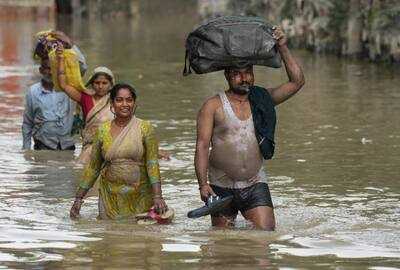
According to UN Women, climate change is a threat multiplier that enlarges political, social, and economic tension, especially among low-income communities and leaves them with limited access to resources and decision-making power. To reduce these gaps, it is required not just to recognise but also to act to make policies more holistic and inclusive.
Building feminist resilience to climate crises: what must change
Yes, women are victims of climate change, but they can also be the agents of change. To bring the hardcore changes in the disaster management policies, it is essential to keep women at the center of climate action. They can be the problem-solvers and leaders who help the communities to work on sustainable farming, managing water resources, and preparing for disaster management. Their perspective and close connection with the environment and strong community ties will make their role crucial in facing climate issues.
Gender-based policies and budgeting are required for women to access healthcare facilities and have a role in decision-making, which could lead to their better recovery after a disaster. But this is also filled with hurdles like limited education, leadership opportunities and restricted mobility that reduces their participation in climate response management. There is a need to include female rescue workers, women’s access to shelters and boats, and use communication channels that effectively reach women in order to design inclusive rescue and evacuation protocols.
Clean water, sanitary products, and clean toilets are required in relief camps so that menstrual hygiene can be properly maintained, prioritising their health and dignity. To tackle stigma and misinformation about menstruation, awareness programs must also be included. Providing safe shelters with women-only spaces, well-lit areas, trained security, and separate toilets for women will help prevent harassment.
Providing safe shelters with women-only spaces, well-lit areas, trained security, and separate toilets for women will help prevent harassment.
Most importantly, national and state policies must include a strong focus on gender, backed by dedicated budgets and accurate gender-based data. This is essential to develop fair and effective strategies for disaster management and climate adaptation.
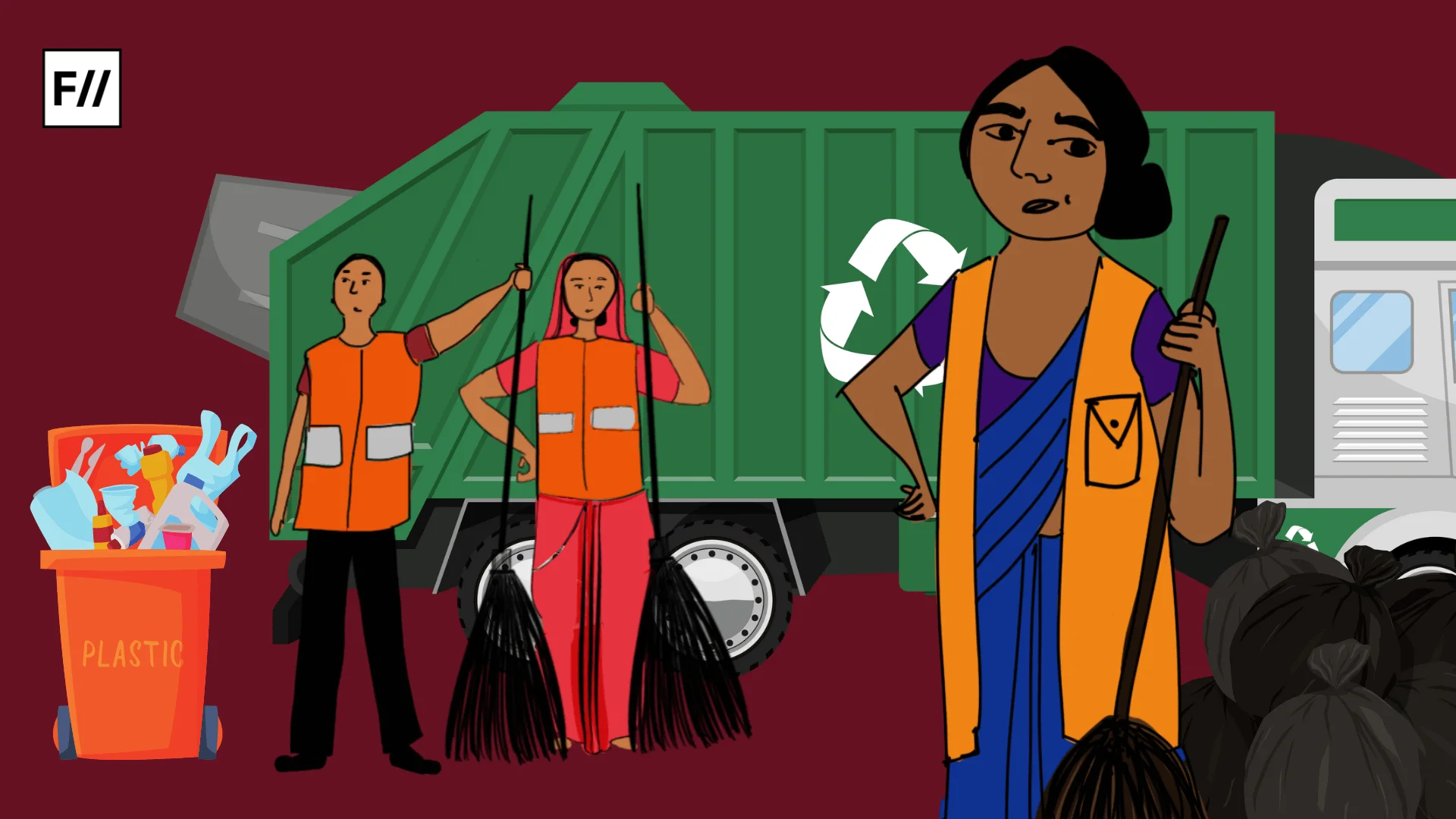
Various states in India, like Bihar, Assam, Himachal Pradesh, and many more are affected by the floods and the wider climate crisis. It is important to note that this devastation does not affect everyone in the same way; women, particularly from marginalised communities, face greater risk not because of nature’s cruelty but because of the patriarchal system that ignores their needs. Now is the time to recognise these shortcomings in our policies, execution, and media coverage, and to build a system that prioritises women’s safety, health, and decision-making power.
About the author(s)
Himani is a postgraduate in Political Science from Ramjas College, University of Delhi with a keen academic focus on gender, culture and social justice. Her academic and field experience includes research and project coordination in areas such as tribal entrepreneurship, environmental advocacy and community service.
